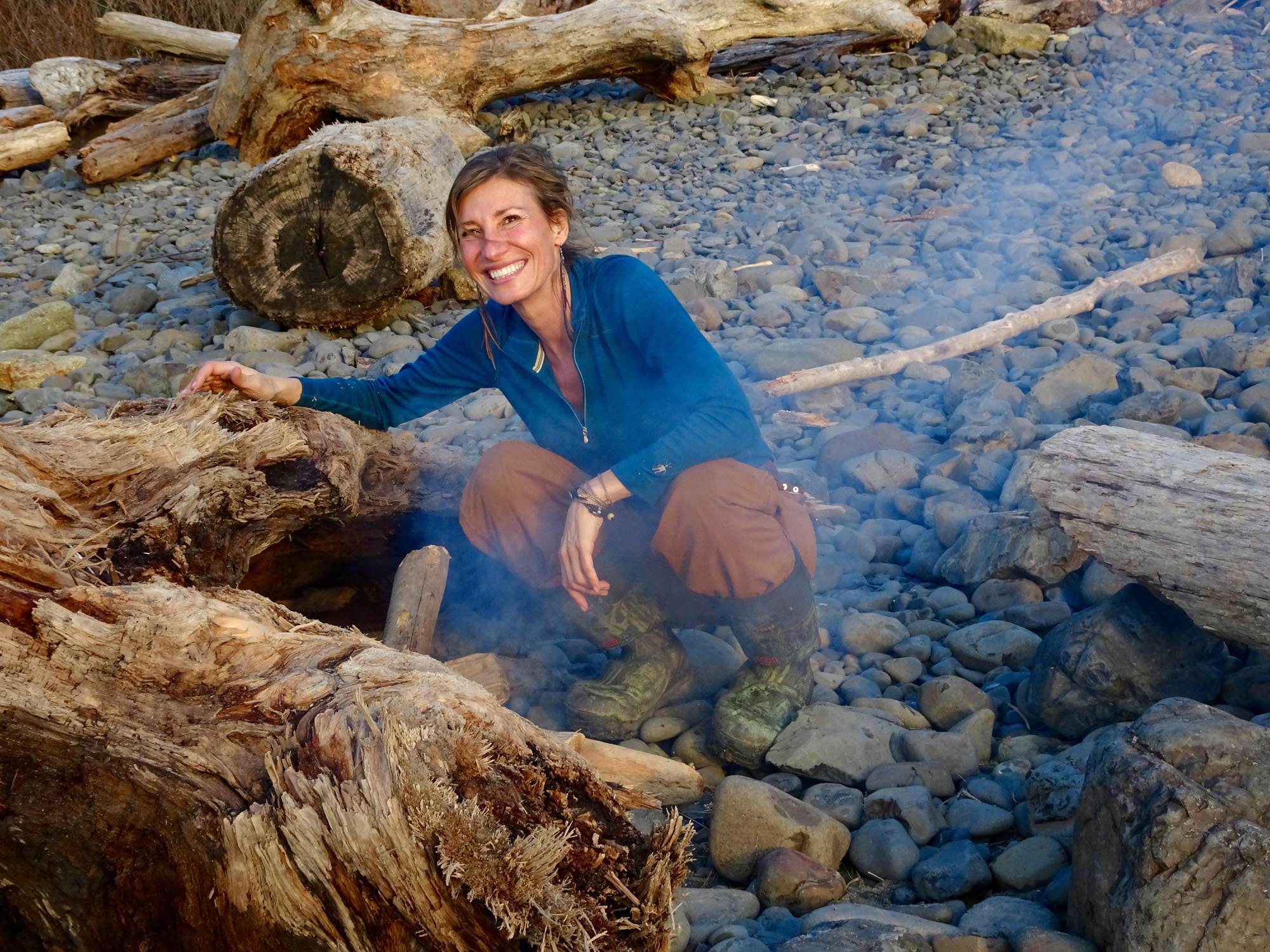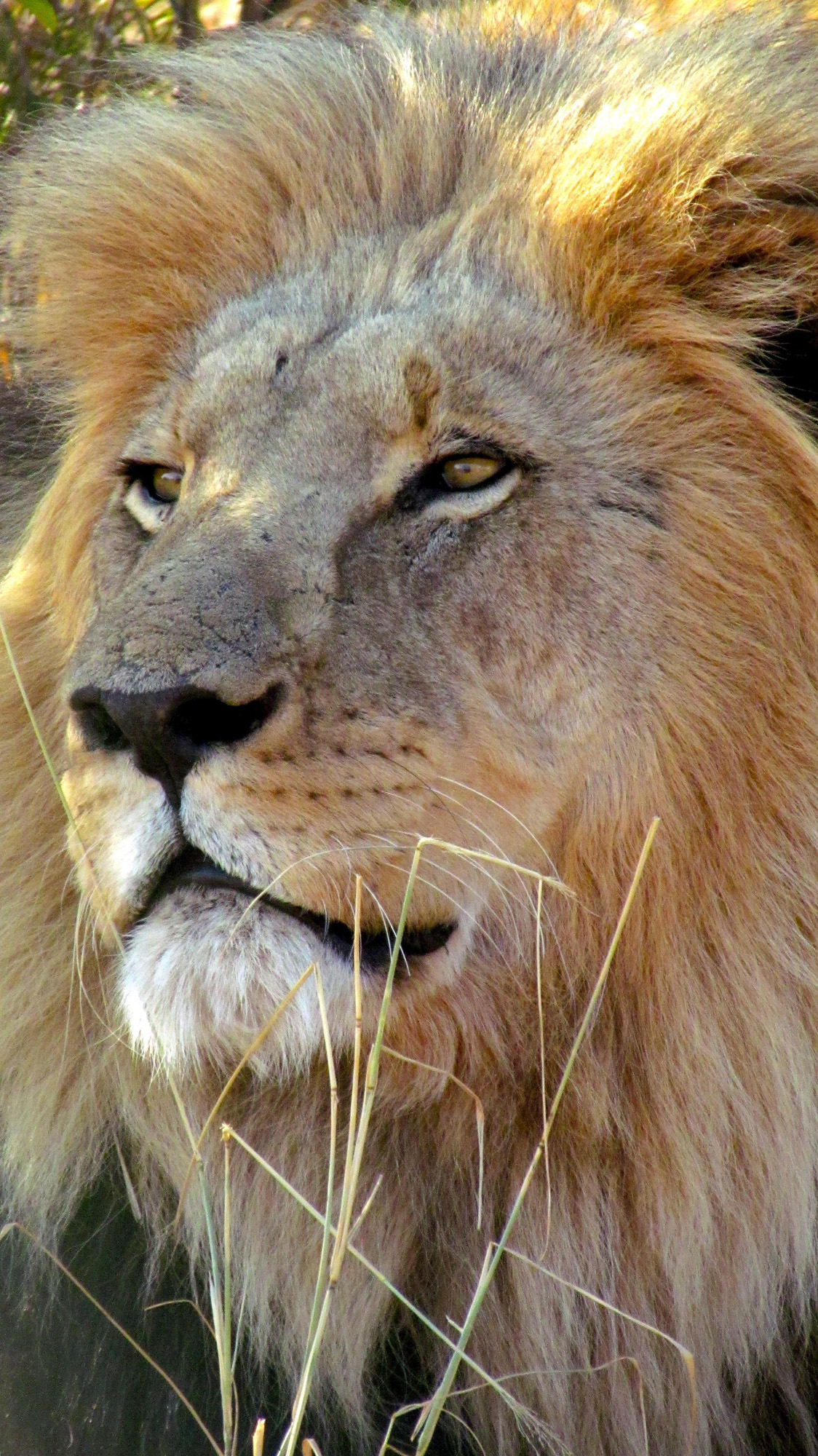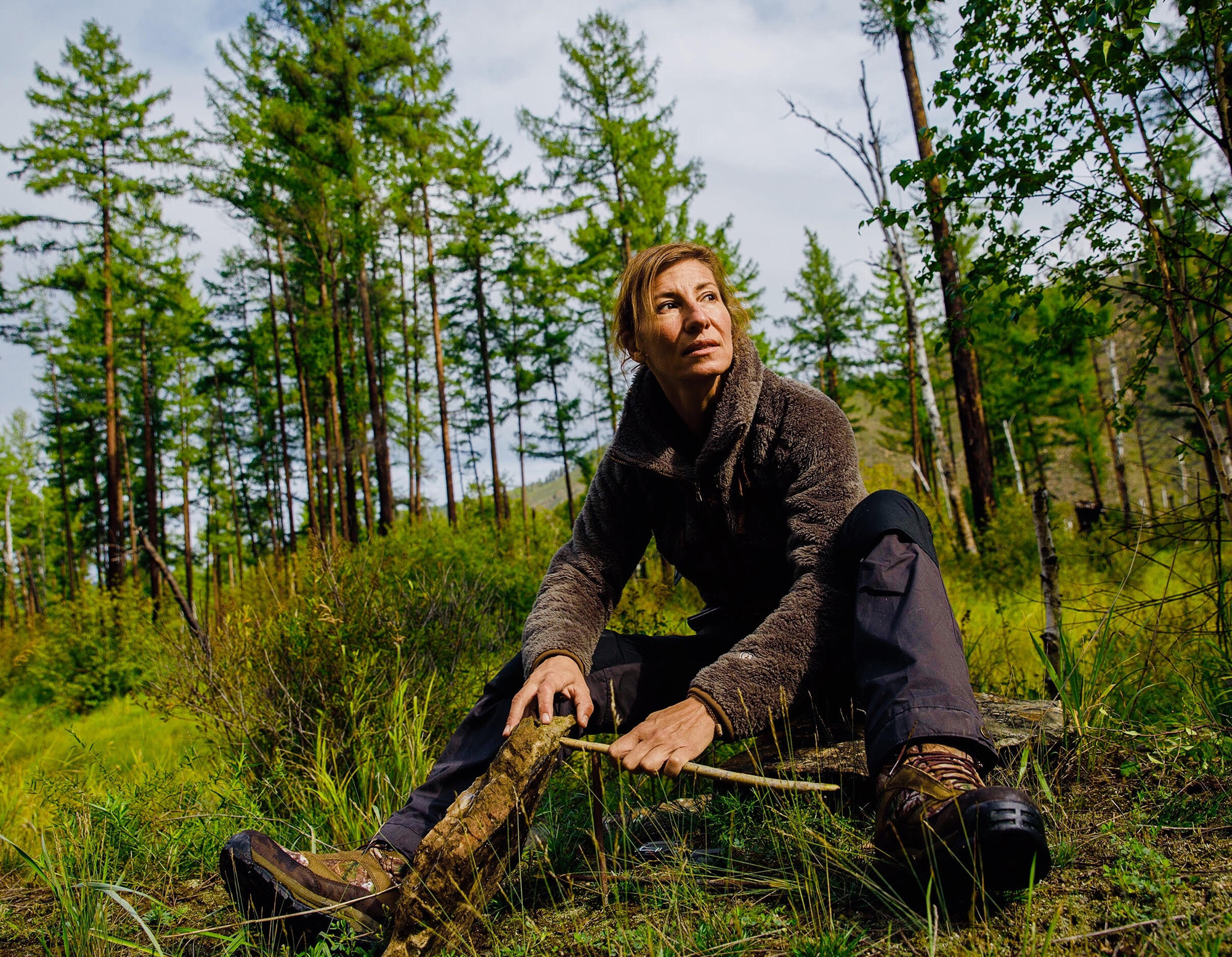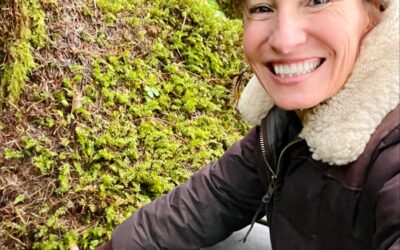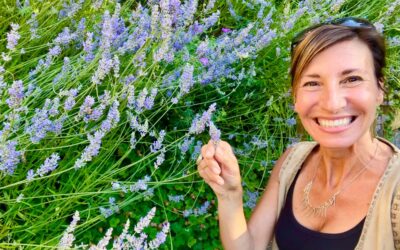And I loved it.
Our family had a different approach to life. My parents didn’t allow us to watch television. We had an old small black & white one but it spent most of its time in a closet. Being in nature was where I thrived. As I entered into adulthood, my appreciation of the natural world grew.
Into the Wilds of Africa
I joined the Peace Corps in 1995 and worked as a game warden for Botswana’s wildlife department. I then joined a lion research project in the Okavango Delta. Our days were spent
tracking lions and staying close to them for long stretches of time. We studied their habits and prey selection. We documented what they had eaten. There were times where we would observe a den for days to see how often the female would return to care for her cubs.
Almost every day we would have elephants and buffalo and lions travel through our camp. We were distinctly aware of our place in the food web and ecosystem. Once again I experienced a very simple life without electricity. Running water was rare because the elephants would dig up the line. Each day of the dry season we would have to go back and fix it.
A Life-Changing Diagnosis
During the prime of life at age 29, I received a devastating diagnosis of multiple sclerosis. It was shocking how quickly my health deteriorated. I often needed to use a wheelchair a night. And there were many days when I was entirely bedridden. For the first several years I relied on Western medicine but found that my health continued a downward spiral.
I knew that something had to change—and quickly.
Exploring available alternatives, I decided to see an Ayurvedic doctor. I focused on an anti-inflammatory diet and started learning about medicinal herbs, along with mindfulness and gratitude. By completely shifting my lifestyle, my health began to return. Little did I know at the time but I was about to embark on an entirely new adventure.
Pushing Boundaries
When I was invited to participate in the History Channel’s show Alone, I realized that it was an opportunity to put my survival and wilderness skills to the test. It would also be humbling. I questioned if I would be able to survive off the land. Regardless of my doubts, I accepted the challenge.
Living in the wilderness for 57 days on Vancouver Island it was crucial to know how to build a waterproof shelter. So was having the skill for starting a fire in the pouring rain. Needless to say, it was uncomfortable at times. But I wouldn’t have traded it for the world.
Banana slugs turned out to be a staple food. You can put them on a stick and roast them over the fire—like a hot dog. The slime falls off when they are cooked this way and are quite delicious. They are also rich in protein. I found myself craving them.
Sea lice are another matter altogether. Measuring about an inch in size, they resemble scurrying cockroaches. Even though sea lice are nutritious and high in calcium, I never developed a taste for them. Much of it had to do with the crunch factor and the cockroach look—it’s not an appealing combination.
After my time on the island came to a close, my love of wild places and nature continued to grow. I continued my work as an herbalist and started offering my full line of medicinal herbal tinctures to the world. I wrote books, taught classes on wilderness living skills, and started my work behind the scenes as a survival skills film consultant.
The Journey Continues
Today, I’m still involved in these activities and much more. I joined a group of archaeology and ancestral skills experts on an epic journey to the wilderness of the Rhodope mountains in Bulgaria as part of a mini-series, Surviving the Stone Age — Adventure in the Wild. I also have a new book in the works, Forager’s Guide to Wild Foods: Edible Plants, Lichens, Mushrooms, and Seaweeds. When I am at home in the Pacific Northwest, my family and I spend time in nature every chance we get. It’s right outside our door.
Life is good.
Nicole Apelian

